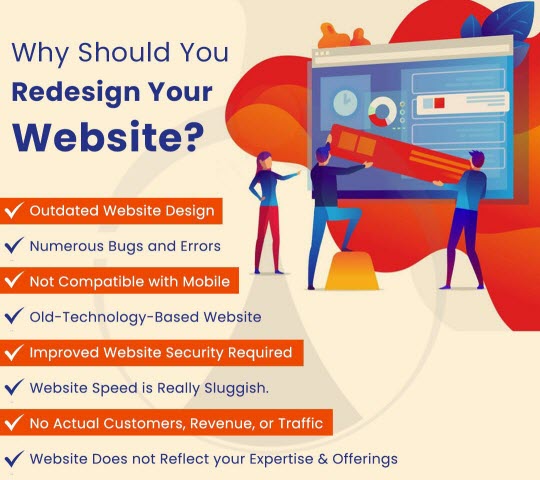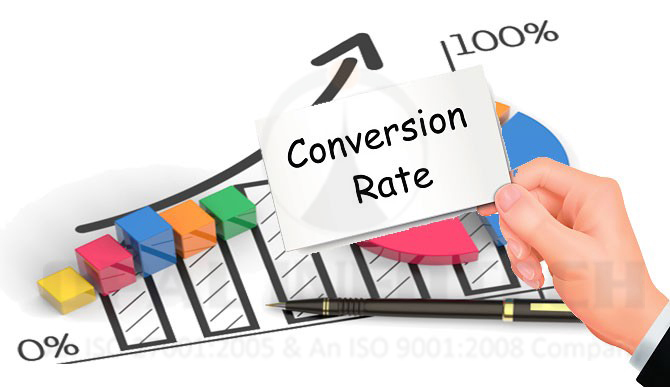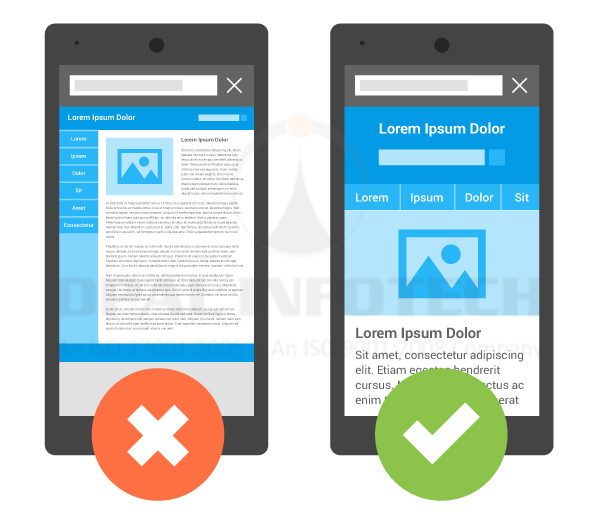Whether you are an established business or an aspiring business, your website plays a vital role in your success. You need a design that is easy to navigate, mobile-friendly, and targeted to your buyers’ personas. You also need to consider ways to make your site more effective at increasing conversions and reducing bounce rates.
Important Factor for Redesigning Website
Customers’ preferences change with time, technology & competition. Redesigning helps you create better content for your website, improve search engine rankings, and drive more sales.
You can understand your buyer preferences by researching the demographics of your target audience. This information can include things like age, gender, occupation, career, and industry. You can also use analytic tools, such as Google Analytics, to gather this information.
Change in buying behavior can also help you identify the decision-making factors of your target audience. Emergency or changing existing suppliers are the main reasons that customers look for products or services. The more satisfied your users are with your website presentation, the more likely they are to buy your products or services. If your customers don’t like something on your site, they are more likely to leave.
Buyer personas are important when developing new products and services, or if you are redesigning your website. They allow you to focus on your target audience and help ensure a consistent user experience. Redesigning the website can also help you improve your search rankings, drive more sales, and increase your organic search traffic.
When redesigning your website, use the information you’ve learned from your buyer requirements to create personalized content. Your website content is the first thing a prospect sees when visiting your site.

Why Redesigning Your Website is Useful?
Redesigned Website Improves User Experience
Investing in a redesign of your website is a great way to improve user experience. However, it’s important to know what’s best for your website before you do. This article will walk you through the process of evaluating your current website, gathering information from your users, and developing a plan to improve user experience.
First, you’ll need to determine your business goals. These can include a variety of things, such as improving conversions, increasing traffic, or generating more leads. This will help you focus on the project and measure the success of the website redesign exercise.
Next, you’ll want to gather data from your competitors’ products and websites. This is a great way to understand how your competitors’ products perform and how they can improve their user experience. You’ll also get some inspiration for your redesign a website.
Another great source of data is your sales team. They speak to customers every day, so they’re a great source of information on how to improve user experience.
In addition to talking to your sales team, you can also speak to your customers. They may be able to provide you with ideas on features while website redesign that they want to see in the future.
Finally, you’ll want to conduct market research to help you determine the best way to redesign your website. This is a great way to discover what your customers are looking for and how you can best meet their needs. You can also use free survey tools to collect feedback from users.
The more information you can gather from your users, the better you’ll be able to improve user experience with your website redesign. You’ll also be able to better differentiate between features that work and those that don’t.
Reduce Bounce Rates with a Redesigned Website
Whether you are redesigning your site or looking to increase engagement, reducing your bounce rate is an essential step to take. High bounce rates can be a sign of a problem with your user experience. It can also indicate that your strategy needs to be changed.
Several factors can contribute to a high bounce rate. These include a poorly designed site, a lack of user interaction, or too many pop-ups. A good way to reduce your bounce rate is to make your website easy to navigate.
In addition to reducing your bounce rate, you should also improve your content’s quality. Good content needs to be readable and have a high level of interaction. A good copywriter can help you achieve this goal. The readable text requires a high level of color contrast, large headlines, bulleted lists, and white space.
You can also use different tools to see how users interact with your website. This will help you pinpoint where the problem lies. By looking at the heatmap, you will be able to see which pages are causing the most activity.
There are several ways to reduce your bounce rate, but you will need to use a combination of strategies. Use user intent keywords to attract the right people to your website. Also, make sure that your content is relevant to what users are looking for.
Finally, you should keep your site as clean as possible. This will help visitors quickly find the information they need. You should also avoid overdesigning your site. This can make visitors uncomfortable. Instead, opt for a simple interface that makes navigation across all platforms easy.
Whether you are redesigning your site or trying to increase engagement, reducing your bounce rate can help increase conversions.

Redesigning a Website can Increase Conversions
Whether you’re redesigning your existing website or creating a new one, you need to understand the impact of your redesign on your conversion rate. This is an important factor for evaluating the success of your website redesign, as well as for improving your website’s overall performance.
When you’re redesigning your website, you should always test new features and pages before launching them. Doing so can help you identify which changes have a positive impact and which have a negative impact.
You should also make sure you’re designing a website that’s optimized for mobile devices. More and more people are connecting to the internet through mobile devices. To make sure your website is mobile-friendly, use a responsive design. This allows your website to automatically resize to fit any screen size.
It’s also important to test major site-wide elements, such as headlines, navigation, fonts, and persistent calls-to-action. By testing these elements, you can learn which changes are effective in driving conversions. This information can be used to improve revenue-driven actions in the future.
A major step towards improving your conversion rate is building consumer trust. This is often achieved through persuasive sales copy and other persuasive tactics.
Creating an internal site search is another way to increase conversions. This allows your customers to quickly find what they’re looking for, thus increasing the likelihood that they’ll make a purchase.

Create a Mobile-Friendly Website when Redesigning Website
Having a mobile-friendly website is essential in today’s world. More people are using their mobile phones to access the internet each year. Google has also shifted its focus to mobile-friendly websites. They now use mobile-friendliness as a ranking factor in search results. Mobile sites help users find what they are looking for faster and reduce bounce rates.
When developing a mobile website, it is important to consider the size of your buttons. You want them to be large enough to easily tap with a thumb. Moreover, you want them to be strategically placed. The buttons should also be easy to spot. You should avoid placing them in the upper corners of the screen as they are hard to reach.
You should also test your website on real mobile devices. This can help you identify potential bottlenecks and make necessary changes.
You can use various tools to test your site speed, and you can also get actionable insights. You can also use Google’s Search Console tool to test your website for mobile friendliness. It gives a score and provides a list of current issues.
You should also consider incorporating a menu icon to make your mobile site easier to navigate. You can also speed up video content and comment sections. You should also consider using media queries to make your website look good on any screen size. This CSS code enables you to specify different styles for different devices. It can also help you auto-adjust to screen sizes.

Final Thoughts
A good redesign can improve your brand’s image and make your website easier for your customers to use. Redesign your website in a way that looks attractive to the consumers and also is easy to use. Take advantage of the cutting-edge trends that are always emerging in the web design industry to promote profits, enhance safety, boost SEO, and stay one step ahead of the competition. When you redesign your website with the right tactics, you will enjoy every one of these advantages and more.











